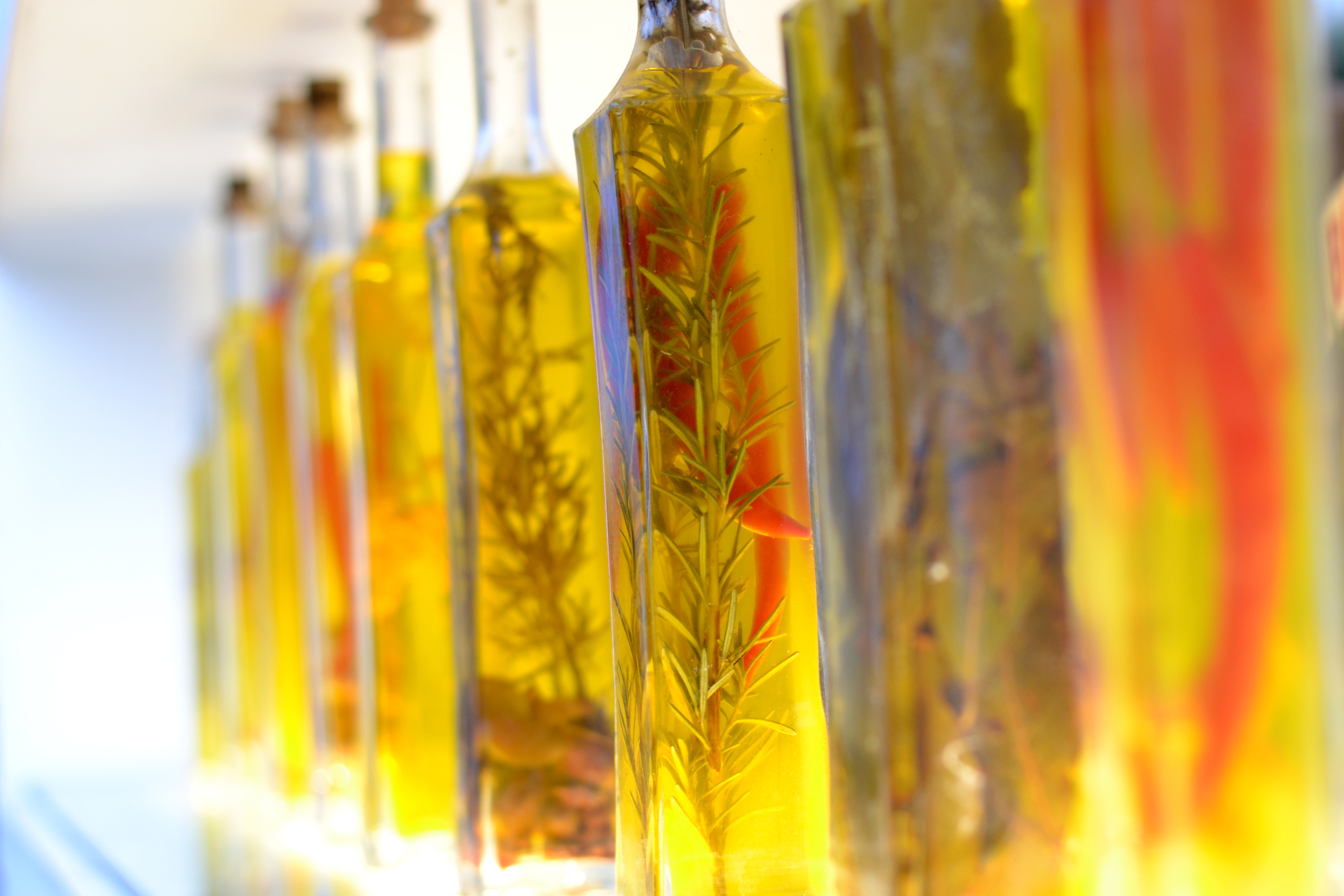Bath and Beauty, Natural Skincare, Product Safety, Skincare
Skincare Fact Vs. Fiction Day 2 – Essential Oils
At Daisy G’s we love essential oils for so many reasons, there is no artificial fragrance that can replace the mouthwatering scent of fresh mint or the floral/herbal scent of real lavender. But the use of essential oils requires a much higher skill level than the use of artificial fragrances, and a much higher awareness of safe combinations and applications for each oil.
In addition to safe usage rates we research the method of extraction, pesticide use and environmental impact of each oil we use. Examples of oils we do no use include rose oil, which not only contains traces of pesticides used on the crops but is solvent extracted as well. True sandalwood oil smells delicious, but the majority of sandalwood oil marketed today comes from endangered sandalwood trees in SE Asia, therefore until renewable sources in Australia become more readily available we do not use actual sandalwood essential oil in our products.
Essential oil usage has skyrocketed over the past few years, fueled both by public interest in natural healing and by numerous newer essential oil companies that heavily market their products for purposes ranging from well-being to the cure of deadly diseases. In the marketing of these essential oils we hear many amazing claims, often based on misleading or untrue “facts”. Here are just a few of the “facts” about essential oils that can be easily debunked:
Claim #1: Essential oils have been used since ancient Egyptian/Biblical times.
Fact #1: Essential oils are volatile oils that have been  distilled from plant material, and the process of distillation of plant materials did not exist before the 11th century. (Note that citrus oils are cold pressed, and some modern techniques allow for solvent extraction of oils that cannot be distilled). Prior to the 11th century, and certainly during ancient times, oils from plants were extracted using heated water to make teas or by infusing in carrier oils such as olive oil. Since most plants used for essential oils contain about 1% volatile oil it is clear that the compounds used during ancient times were much less concentrated than the essential oils used today, and usage of these oils cannot be compared.
distilled from plant material, and the process of distillation of plant materials did not exist before the 11th century. (Note that citrus oils are cold pressed, and some modern techniques allow for solvent extraction of oils that cannot be distilled). Prior to the 11th century, and certainly during ancient times, oils from plants were extracted using heated water to make teas or by infusing in carrier oils such as olive oil. Since most plants used for essential oils contain about 1% volatile oil it is clear that the compounds used during ancient times were much less concentrated than the essential oils used today, and usage of these oils cannot be compared.
Claim #2: Essential oils are safe because they are natural.
Fact #2: Essential oils are frequently touted as being antibacterial, antifungal and antiviral. These qualities are a result of the ability of essential oils used in high concentrations to cause cell damage and death. Toxic reactions to improper use of essential oils include not only cell death but seizures, liver damage, skin irritation, breathing difficulty and fetal damage (including abortion). Most adverse reactions are a result of ingesting essential oils or applying improperly diluted essential oils directly on the skin.
Claim #3: Therapeutic grade essential oils are purer/safer/better than non-therapeutic grade essential oils.
Fact #3: There is no system in place in the United States for grading essential oils. Any claim that an essential oil is “therapeutic grade” is false and should be considered a “red flag”. Companies making false claims are not reputable and should not be patronized.
At Daisy G’s we take safety seriously. We thoroughly research the safety of each of our ingredients and the integrity of each of our suppliers before we ever purchase a sample for product development. We encourage our customers to use the following practices when using essential oils:
- Purchase essential oils only from established reputable essential oil suppliers.
- Consider consulting a Registered Aromatherapist (RA) before using essential oils for therapeutic reasons.
- If you notice any irritation or other adverse reaction to essential oil use discontinue use immediately.
- Do not use essential oils as an alternative to conventional medicine. If you are under the care of a physician, or take medication, you will want to discuss how essential oil usage may interact with your medication.
- Pregnant women should be especially cautious with essential oil use, consult a physician if you have any questions or concerns.
Sources:
Tisserand R., Young R. Essential Oil Safety, Second Edition. Churchill Livingstone Elsevier 2014.
National Institute for Holistic Aromatherapy (NAHA) www.naha.org

